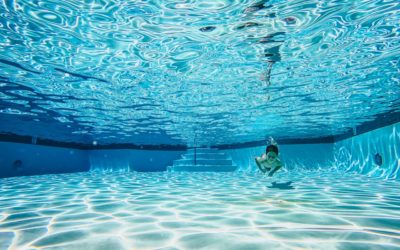Why teach your child to draw? What are the benefits of drawing? How can you get your child to love drawing? Our team Kidlee shares her tips for introducing children to drawing at an early age.
The benefits of drawing
The drawing child is a creative activity that stimulates interest and concentration. Teaching your child to draw can therefore be beneficial to his or her cognitive development. Here are the benefits of drawing for children and of drawing in general.
- Focus: Drawing unconsciously enables the child to focus on his activity. They stop being distracted and concentrate on their work.
- Stimulation of the imagination and creativity: By drawing freely, without rules or limits, he stimulates his imagination and creativity while having fun!
- Development of motor skills: From the age of 2, his tracings become more precise, and he develops his vision and muscles. Gradually, he develops his gesture coordination and becomes more precise. Around age 3, he improves his hand-eye coordination and will find it easier to draw shapes.
- Drawing is the first step towards writing: the more he develops his fine motor skills, the better his pencil control will be, which will help him learn to write!
- Self-confidence and emotional expression: By drawing, children can affirm their character. Drawing enables them to express themselves, their joy, their worries, their anger, their sadness... With practice and patience, they'll learn to produce the drawings they have in mind, and even to reproduce the reality they want to put down on paper.
Discover our article: the child's self-confidence: how to help the child to have self-confidence?
Teaching your child to draw
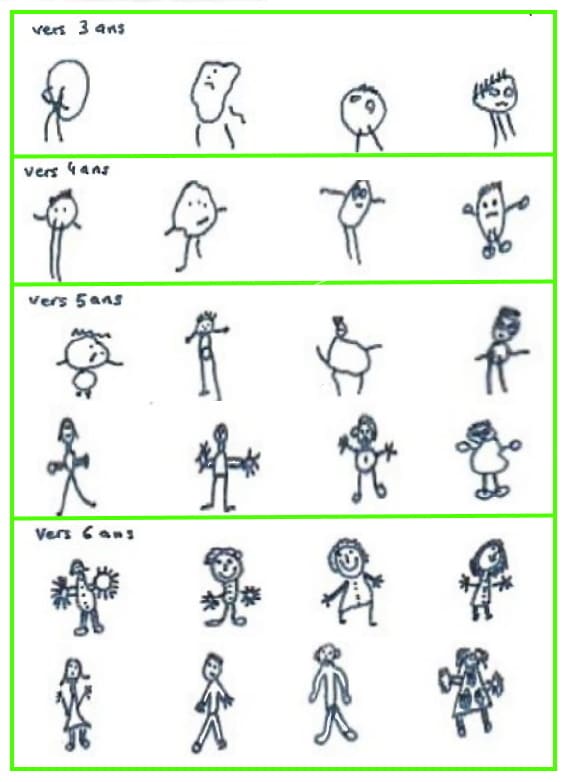
Art cannot be corrected!
Before the age of 6, children don't need instructions, only appreciation. Teaching your child to draw means avoiding correcting him and constantly telling him what to draw. As he's still young, he may find it hard to do what you've asked him to do, which will only frustrate him. Let him discover the pleasure of drawing, mastering the tools and creating whatever he wants with his little fingers.
Avoid interrupting his natural learning process and asking him to draw things he can't yet do. At first, he'll draw spirals and doodles, which will train him to hold the pen properly. Then, the more he refines his gestures, At around age 3, he will give meaning to his drawings. Finally, around age 4, he'll want to draw specific ideas.
Share your child's drawing
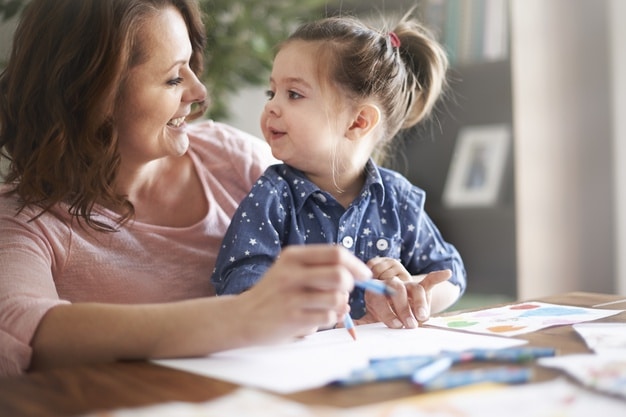
Ask questions that will lead him to interpret his drawing. Your questions can focus on details that will hold his attention and prompt him to look further ahead in the next drawing.
Ask him to explain his drawing: has he drawn a little girl under the sun? You can ask questions like, "Isn't she too hot in the sun?" This may lead him to draw a hat or even a glass of water.
At this age, the child also draws what is known as a "bonhomme têtard", i.e. a character with a big head and a bulging body, with 3 or 4 lines supposed to represent legs or arms. As he grows, he'll add detail and life to his man!
Teaching children to draw: teaching them to connect art and emotion

The drawing child is a major form of expression in their development. Drawing helps them develop their emotional intelligence. Suggest that your child express his or her emotions through drawing.
Drawing then becomes an escape from the child's torments and whims. In other words, drawing enables the child to channel emotions and clear the mind. Sometimes, expressing yourself by drawing can be easier than using words.
Enhance your drawings
From age 4the child begins to want to report the visuals he knows. He then wants to draw something beautiful or make a precise design. This is when your role becomes essential. By congratulating and encouraging him, you need to make him understand that his drawings are important. Showcase his work by displaying his creations. This will encourage him to continue and boost his self-confidence.
From age 5, the child develops greater skill and adds more detail and realism to his work. This will give continuity to his ideas and stimulate his imagination, while centralizing his work to tell a more complete story than a single drawing. Teaching children to draw also means drawing together!
Teaching children to draw means drawing together!

Surprise your little ones by organizing creative workshops with them. Show them your interest in their creativity, even if you're not an accomplished artist. This won't detract from their perception of you as a parent who shows a creative interest and conveys a message of joy and passion. What's more, drawing remains a an enjoyable activity for adults and children alike.
Sharpen his sense of observation
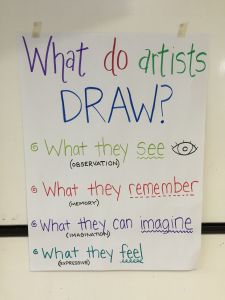
Basically, to learn to draw, children rely on what they know about objects to reproduce them in a drawing, rather than on reality. Invite him to observe reality from different angles to see the different points of view and explore new design possibilities.
Drawing sessions in different ways:
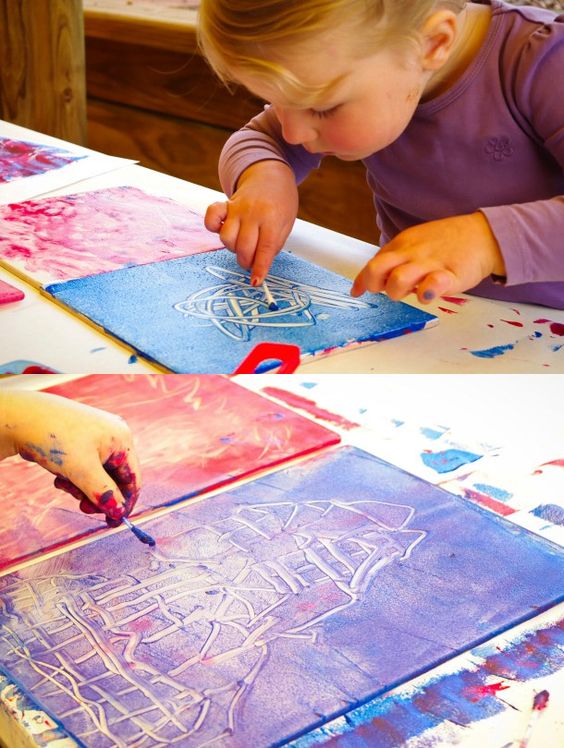
To learn to draw, children rely on what they know about objects to reproduce them, rather than on reality. So invite him to observe his environment from different angles, to explore different perspectives and broaden his artistic possibilities.
Suggest a range of age-appropriate tools, such as colored pencils, watercolors or paint. Encourage him to draw on different surfaces, such as a sheet of paper, a chalkboard or a slate. Visit drawing child will allow you to discover various materials while stimulating your imagination and developing your tactile perception.
Your child finds his drawing "ugly", what to do?
Occasionally, your child may not be satisfied with his drawing and feel frustrated. In this case, ask them questions to help them identify what they don't like: is it the shape? Is it the color? Explain that sometimes his hand doesn't follow exactly what his mind wants to express, but that this will come with time and practice. Remind him that art has no strict rules, and even suggest that he try to make the "ugliest drawing possible", so that he can have fun and play down the situation.
Easy drawings
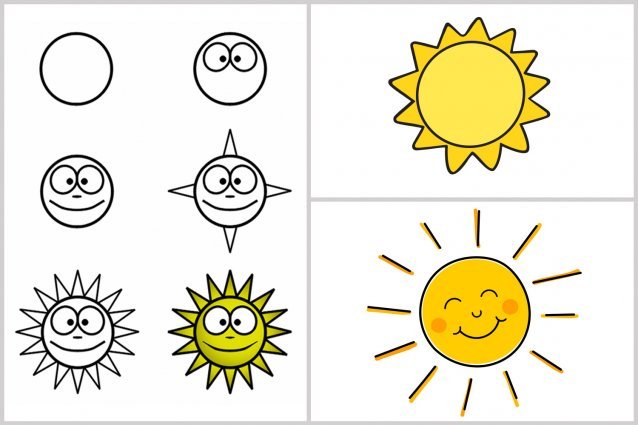
Children often want to draw, but sometimes lack the necessary techniques. To help them, you can find on the website Mom for life simple steps for creating drawings that are accessible to young children. Start by learn to draw simple shapes or draw lines so you can gradually learn to draw a cat, a dog or a sun.
Kidlee nannies love to draw!
Kidlee nannies are passionate about drawing! Being a fun and enjoyable activity, the more you do it, the better! That's why we Kidlee baby-sitters accompany children in their early development by regularly offering manual activities such as drawing, coloring and painting. If you would like to find out more about the childcare services offered by Kidlee, contact us !
